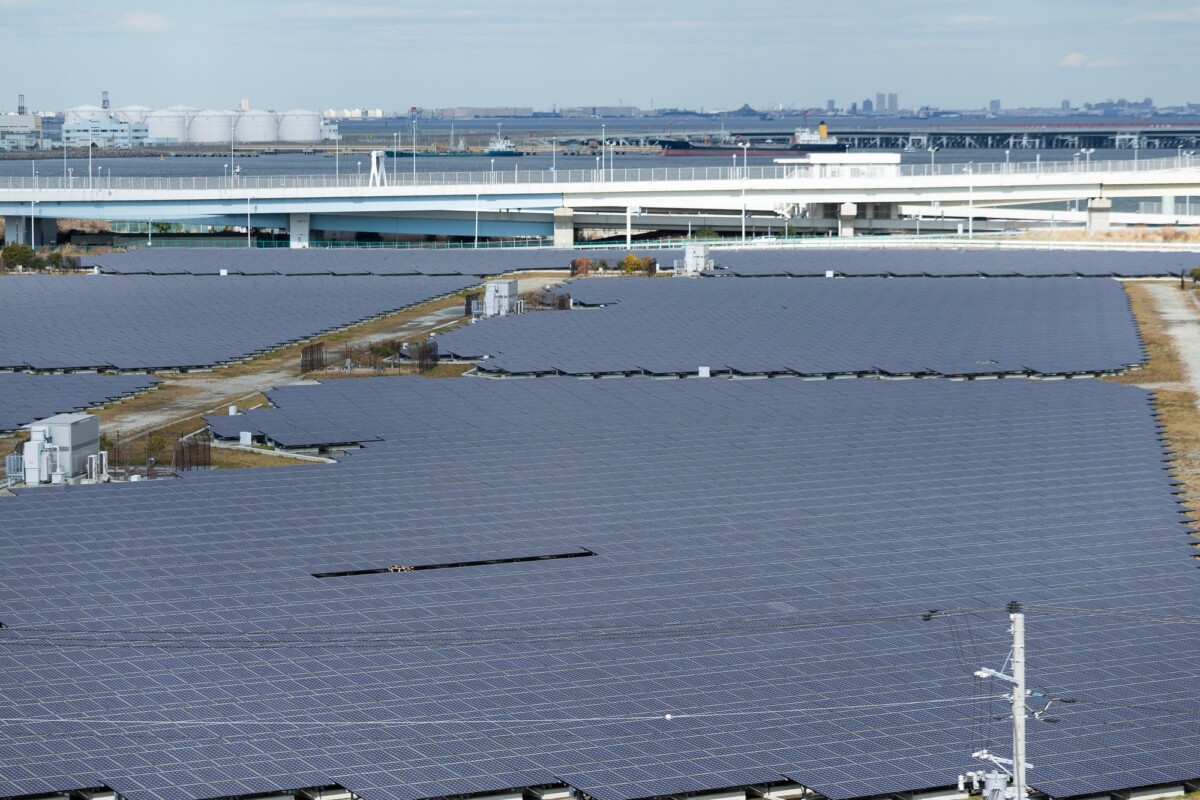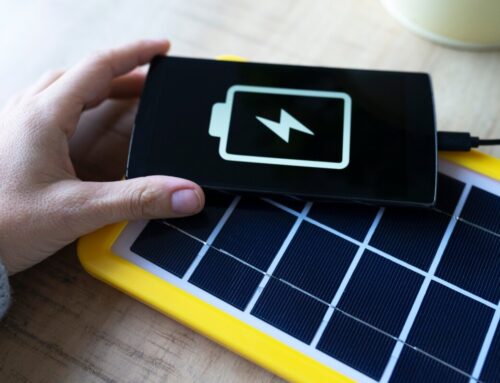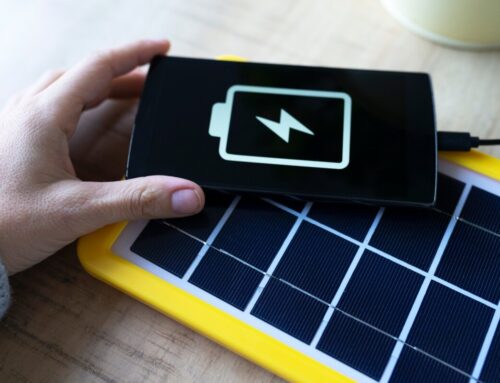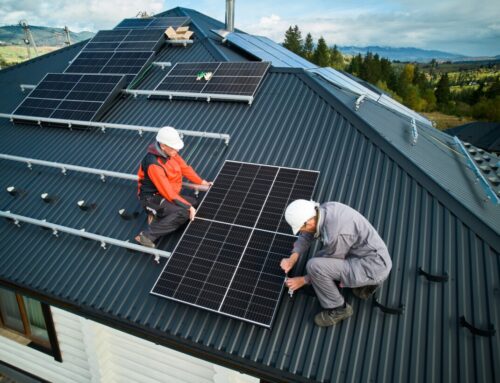Creative Solar System Project Ideas for Students and Homes
A solar system project is more than just a school assignment or a DIY home experiment. It represents an exciting opportunity to understand the power of renewable energy and apply science, technology, and creativity to real-life solutions. Across the United States, there is a growing push toward clean and sustainable energy sources, and solar energy is at the forefront of this movement.
Whether you are a student participating in a science fair, a teacher planning a classroom activity, or a homeowner curious about how solar energy works, a well-planned solar system project can serve as an effective educational and practical tool. In this guide, we will explore various project ideas, components, benefits, and tips for successfully executing a solar system project that aligns with U.S. academic standards and real-world solar applications.
What Is a Solar System Project?
A solar system project typically refers to a hands-on activity or experiment where solar energy is harnessed to power a device or system. These projects can range from simple solar-powered models to fully functional miniature solar panels that charge batteries, light up LEDs, or run small motors.
The main aim is to educate individuals—especially students—about the fundamentals of solar energy, photovoltaic technology, and energy efficiency. These projects not only demonstrate how sunlight can be converted into electricity but also help in understanding broader topics like sustainability, electricity, storage, and energy conversion.
Why the U.S. Is the Ideal Place for Solar Projects
The United States is one of the leading countries in solar adoption, with federal and state-level incentives, tax credits, and educational initiatives that encourage solar technology. Here’s why the U.S. provides a great environment for solar system project development:
-
Sunlight availability across vast regions, especially in states like California, Arizona, and Texas.
-
STEM education push across U.S. schools, promoting renewable energy topics.
-
Incentives and grants from government bodies like the Department of Energy and EPA.
-
Growing interest among students and homeowners in sustainable technology.
-
Availability of low-cost solar components both online and in local markets.
Types of Solar System Projects
Solar system project ideas can vary depending on the level of complexity and the audience. Below is a breakdown of projects suitable for various age groups and skill levels.
For Elementary and Middle School Students
-
Solar-Powered Fan: Connect a small solar panel to a DC motor and fan blade. Ideal for beginners.
-
Solar-Powered Toy Car: Use a basic circuit to power a car model using sunlight.
-
Solar Oven: Create a functional oven using cardboard, aluminum foil, and cling film.
-
Solar Light in a Jar: Make a portable solar lamp using a rechargeable battery and LED.
-
Solar Water Heater Model: Use black-painted pipes or bottles exposed to sunlight.
For High School Students
-
Solar Battery Charger: Design a system that charges AA or phone batteries.
-
Solar Tracker Using Arduino: Builds a system that automatically follows sunlight.
-
Solar Street Light Prototype: Mimic a real-world solar-powered lighting system.
-
Solar-Powered Irrigation System: Useful in agriculture-based learning modules.
-
Smart Solar Home Model: Combine sensors and solar panels to create an intelligent house model.
For College Students or Enthusiasts
-
Dual-Axis Solar Tracker with Arduino: Optimize energy collection using sensors.
-
IoT-based Solar Power Monitoring System: Monitor data through mobile or web dashboards.
-
Off-Grid Solar System Simulator: Build a full working off-grid solar system model.
-
Solar Drone Charging Pad: Develop a solar-powered landing pad that charges drones.
-
Solar-Powered Desalination Unit: Apply solar heat to purify water, useful for coastal areas.
Educational Benefits of a Solar System Project
Implementing a solar system project provides various academic and skill-based benefits for learners and educators:
-
Promotes hands-on learning of scientific principles
-
Reinforces classroom concepts in physics, environmental science, and engineering
-
Enhances critical thinking and problem-solving
-
Encourages interest in clean energy careers
-
Demonstrates real-world applications of STEM knowledge
-
Boosts creativity through design and innovation

Curious about solar? Let us help you discover how solar energy can revolutionize your home and save you money. Request Your Free Solar Estimate at SOLAR ENERGY
Core Components of a Solar System Project
To build a functioning solar system project, you’ll need certain key components, depending on the scale of the project:
| Component | Purpose | Approximate Cost (USD) |
|---|---|---|
| Solar Panel | Converts sunlight into electricity | $10 to $50 |
| Rechargeable Battery | Stores solar energy for later use | $10 to $40 |
| Charge Controller | Manages the flow of electricity to prevent damage | $15 to $60 |
| LEDs or Motors | Provides visual or mechanical output | $5 to $20 |
| Wires and Switches | Connects and controls components | $5 to $15 |
| Arduino Board | For automation and tracking in advanced models | $10 to $35 |
| Resistors, Diodes | Protect circuits and regulate flow | $1 to $10 |
How to Make a Simple Solar System Project at Home
Here’s a basic step-by-step guide for creating a beginner-friendly solar system project—a solar-powered LED lighting system:
Materials Needed
-
Small 6V solar panel
-
3.7V lithium-ion battery
-
Diode (to prevent reverse charging)
-
Switch
-
LED bulb
-
Soldering iron and wires
-
Small plastic or wooden base for mounting
Step-by-Step Instructions
-
Connect the solar panel to the diode, ensuring it allows current to flow to the battery only.
-
Attach the battery to the output of the diode to store the energy.
-
Wire the LED bulb and a switch to the battery’s terminals.
-
Secure all components to your base and test the circuit.
-
Expose the panel to sunlight and watch the battery charge and LED light up when the switch is on.
This simple solar system project introduces the fundamentals of solar energy and electronics in a way that is accessible to learners of all ages.
Real-World Solar Applications You Can Learn From
Many solar system project models mirror real-life applications of solar energy used across the United States:
-
Home Solar Panels: Common in sunny states and subsidized by federal tax credits.
-
Solar Farms: Used by utility companies to provide green electricity to the grid.
-
Solar Street Lights: Installed in public parks, rural roads, and remote areas.
-
Solar-Powered Charging Stations: Found in universities, public libraries, and tech hubs.
-
Emergency Solar Kits: Used during power outages and in off-grid camping.
Understanding how these real-world applications work can inspire your projects and make them more relevant.
Safety Tips While Building Solar System Projects
Even though most solar system project models are low-voltage and safe, it’s important to follow these safety guidelines:
-
Always work under adult supervision if you’re under 18
-
Use goggles and gloves when soldering or handling batteries
-
Avoid direct contact with solar panels while under intense light
-
Make sure the battery is compatible with your solar panel
-
Never connect high-wattage loads without proper knowledge
Where to Buy Solar Project Kits in the U.S.
You can find affordable and reliable kits and components at these places:
-
Amazon (wide range of DIY solar kits for all levels)
-
Home Depot and Lowe’s (basic solar panels and batteries)
-
SparkFun and Adafruit (electronics and programming boards)
-
eBay (low-cost and second-hand parts)
-
Local hardware stores or science supply shops
Always check for U.S. electrical standards when purchasing.
Tips for Presenting Your Solar System Project
If you are showcasing your solar system project in a science fair or classroom, keep these tips in mind:
-
Use a clean and visually appealing board to explain your project
-
Include labeled diagrams or schematics
-
Provide a list of materials and explain their function
-
Demonstrate your project live, if possible
-
Be ready to answer questions about how it works and its real-world applications
Is This the Right Solar System Project for You?
Whether you’re a middle schooler, high school student, or an enthusiastic adult, a solar system project is a valuable hands-on activity that blends learning and innovation. It not only sharpens your scientific thinking but also introduces you to a sustainable way of life.
You don’t need a large budget or technical degree to get started. Start with a small circuit, learn the basics, and gradually expand to more advanced builds. If you’re passionate about making a difference in energy use and environmental impact, then a solar system project is a perfect fit for you.
Frequently Asked Questions (FAQs)
1. What is the easiest solar project for beginners?
A solar-powered LED light or fan is among the simplest and safest projects for those starting out.
2. How long does it take to complete a solar system project?
Basic models can be built in a few hours, while advanced ones may take a few days to a week depending on complexity.
3. Are solar projects suitable for online science fairs?
Yes. You can record a demo video, show circuit diagrams, and explain your project virtually to judges and peers.
4. Can I integrate coding into solar projects?
Absolutely. Using platforms like Arduino or Raspberry Pi, you can add smart tracking, automation, and sensors.
5. Are there grants or scholarships for solar education in the U.S.?
Yes. Organizations like the Department of Energy, SEIA, and state energy offices often provide resources, contests, and scholarships.
Don’t wait to go solar! Thousands of homeowners are saving—join them and start reaping the benefits.
Book Your Free Consultation at SOLAR ENERGY
Explore additional solar solutions at NEW SOLAR QUOTES and discover how it can benefit your home!









